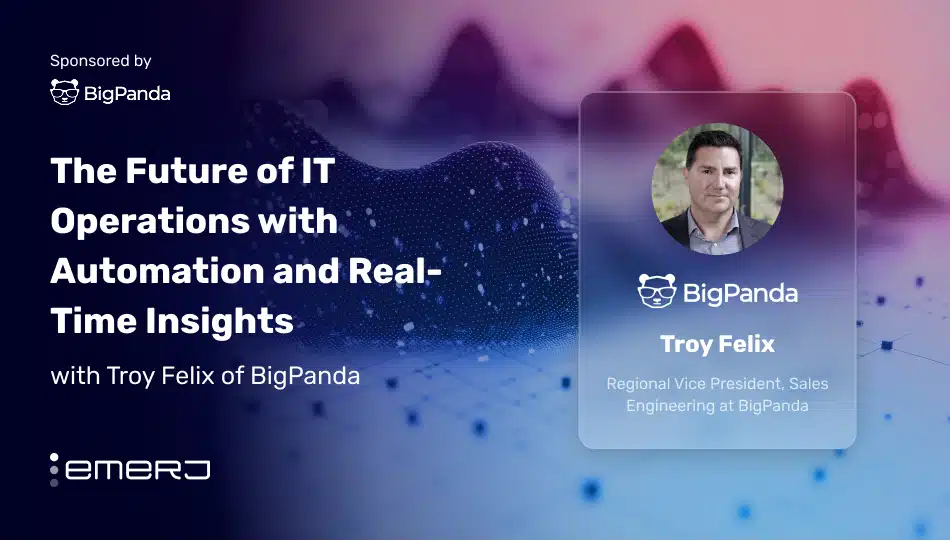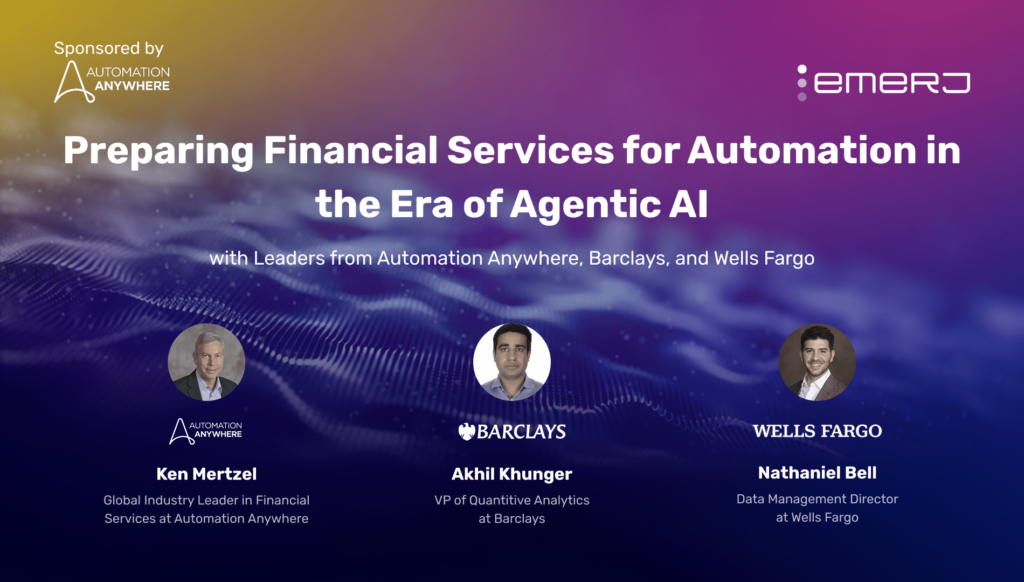This interview analysis is sponsored by Arkestro and was written, edited, and published in alignment with our Emerj sponsored content guidelines. Learn more about our thought leadership and content creation services on our Emerj Media Services page.
The oil and gas industry encounters significant production challenges, particularly in logistics and supply chain management. A research paper from Doon University, India, highlights how well drilling and production activities in remote onshore and offshore locations pose substantial logistical hurdles, including delayed material deliveries due to poor road conditions and adverse weather.
The distance between drill sites and supply hubs, often hundreds of kilometers, exacerbates these issues, leading to delays in receiving critical materials like drill pipes and casing pipes. Additionally, the paper cited above also explains how the lack of direct infrastructure to transport gas and oil from drill sites to storage platforms and refineries further complicates production, requiring significant time and financial investment.
The Actuaries Institute’s case study on oil and gas risk management identifies key risks: commodity price volatility, natural disasters, industrial accidents, political instability, and resource availability. Mitigation strategies include hedging, crisis management, enhanced safety, operational diversification, and regular reserve updates. The study stresses the need for comprehensive risk management to ensure financial stability.
Accenture’s report on the Oil and Gas industry noted that supply chain disruptions, including extreme weather, cyberattacks, trade disputes, workforce instability, and health threats, can place up to 20% of the industry’s CAPEX growth plans at risk. These disruptions can add $10 to $15 or more per barrel to the break-even cost of a new well.
Emerj Senior Editor Matthew DeMello recently sat down with Saurin Patel, Global Head of Digital Transformation & Analytics at Symrise AG, and William Seagrave, SVP of Product Solutions at Arkestro, to discuss AI and data-driven technologies in procurement to optimize decision-making, manage risks, and enhance efficiency while emphasizing the irreplaceable role of human expertise in addressing unpredictable challenges and fostering trust in technology.
Symrise AG is a global supplier that develops, produces, and sells flavors, fragrances, cosmetic active ingredients, and functional ingredients for various industries, including food, cosmetics, and pharmaceuticals. Arkestro is a tech company that provides clients with a predictive orchestration platform that leverages machine learning and data science to optimize procurement processes.
From their insightful conversation, this article examines two critical insights for procurement leaders in the extraction space:
- Combine storytelling with tangible results: Use storytelling to craft compelling business cases by starting with small, measurable AI projects that demonstrate clear cost savings or process improvements, then reinvest those results to scale technology adoption strategically.
- Balance technology with human expertise for risk management: Leverage AI and data-driven insights to manage predictable procurement risks and optimize key processes while reserving human intelligence for addressing the remaining unpredictable challenges, ensuring a complementary approach to efficiency and resilience.
Guest: Saurin Patel, Global Head of Digital Transformation & Analytics, Symrise AG
Expertise: Digital Transformation, Business Intelligence, Data Analytics
Brief Recognition: Saurin Patel currently leads the strategy and execution of data, BI Analytics, and AI at Symrise AG. With over two decades of experience, he is passionate about creating a culture of resilience, agility, collaboration, and customer focus to lead the team towards a shared vision – which is business value generation. He earned his Masters degree in Computer Science from the New York Institute of Technology.
Guest: William Seagrave, SVP of Product Solutions, Arkestro
Expertise: Supply Chain, Procurement, Sales Execution
Brief Recognition: William Seagrave is the SVP of Product Solutions at Arkestro. In his over 30-year career, he has launched new products, creating new revenue growth exceeding $10 billion in annual sales. He has multi-industry experience with product lines, including supply chain, manufacturing, procurement, financial services, biotechnology, enterprise applications, big data analytics, networks, and others.
Combine Storytelling with Tangible Results
Saurin opens the conversation and discusses the adoption of technology across different departments, noting that sales and marketing teams tend to be more open to trying new technologies. In contrast, finance and supply chain departments are often more hesitant. This reluctance to trust AI recommendations can impact the adoption and effectiveness of technology within these areas, making it a challenge to achieve the full benefits of data-driven decision-making.
Saurin emphasizes that procurement leaders can use tangible cost savings as a strong business case for senior management. He suggests that instead of asking for additional funding, leaders can reinvest the savings they generate into initiatives like business process re-engineering, AI, and robotic process automation. By delivering measurable bottom-line results, capturing and showcasing this value, and reinvesting it strategically, procurement teams can drive both immediate and long-term innovation within their organizations.
“Companies in general do recognize that there is a lot of potential out of the new technologies, be it traditional AI, be it generative AI. But at the end of the day, it really boils down to how good your value proposition is and how you’re selling your business case. This is the art of storytelling; tie that with a small investment – start small, and then you scale.
But if you go and say, ‘Hey, I need this tool; we need to invest half a million dollars in here, and it will solve all our problems.’ This is a bad start, and this is where things break down.
This is where you see the lack of support from the senior management, saying, ‘Hey, you’re coming to tell me you need half a million of investment. And there is no ROI that you can tell me.’ But if, in turn, you flip that narrative. Say, ‘Okay, let’s go ahead, build some savings, small investments, [making] the gradual path towards scaling at a global level.” Then you have a very strong possibility of getting those investments to these procurement leaders.”
— Saurin Patel, Global Head of Digital Transformation & Analytics, Symrise AG
William agrees that tangible bottom-line savings, like unlocking hidden margins, are more impactful and measurable than cycle time savings, making them a strong case for further innovation.
Drawing from his experience as an investor and advisor, William highlights a gap in the industry: many companies claim to use AI or machine learning but lack the actual models or science to back up their claims. These trends underline the need for further maturity and transparency in the industry.
Saurin then explains that digital investments are significant and don’t follow the straightforward ROI models of traditional business cases. Machine learning models, often perceived as black boxes, add complexity and create trust issues. Procurement leaders must address these challenges by building a compelling business case through storytelling — starting small, demonstrating tangible value, and reinvesting the gains to scale further.
Additionally, Saurin highlights the importance of fostering trust among users who rely on these technologies daily. More than simply simply implementing machine learning models is required; users need to understand and trust the system’s recommendations before they’ll act on them. Building this trust is a gradual process that is essential for the successful adoption and integration of AI into procurement workflows.
Balance Technology with Human Expertise for Risk Management
William explains his approach to analyzing procurement data through a temporal and multidimensional lens, focusing on trends and patterns that often go unnoticed. He emphasizes the importance of examining a customer’s historical procurement data—spanning 10 years, including purchases, quotes, RFPs, and more—to uncover hidden trends, such as seasonality in industries like farming.
He also talks about integrating various indexes, both internal to companies and external (such as industry-specific indices in oil, gas, and steel), to create a more comprehensive understanding of procurement trends. These indexes help augment the historical data and provide a modern-day perspective on predictions, factoring in geopolitical events and climate-related factors, which can be harder to predict due to their binary nature (e.g., the occurrence of a storm).
William acknowledges the difficulty in predicting such uncertain events but stresses the goal of applying this combined data to machine learning models to enable more accurate forecasting and optimization in procurement. Ultimately, the aim is to leverage both historical data and predictive insights for better decision-making and operational efficiency.
Saurin responds by emphasizing that the goal should not be to eliminate 100% of risks and says,
“The goal should not be mitigating 100% of your risks. The goal here is that with everything that Bill said if it takes care of three-quarters of the way through, you only need to really dive into the remaining 25% by yourself. Yeah, let technology do the job for the major things that it can help you with. This is very important.”
– Saurin Patel, Global Head of Digital Transformation & Analytics, Symrise AG
He then highlights that technology can manage and optimize the more significant, more predictable aspects of procurement — such as categorizing materials into priority groups (e.g., Class A, B, C)—but it cannot account for every unique scenario. The remaining unpredictable risks, like specific disruptions caused by a hurricane, require human judgment and expertise. Thus, while technology can significantly improve efficiency, there will always be situations where human intelligence and decision-making are necessary.
Towards the end, Saurin argues that AI will not replace procurement jobs but will help professionals do more with the same resources. Technology can analyze risks and provide insights, but human decision-making will remain essential for ensuring materials are available for production. AI will assist in managing complexities, not eliminate the need for procurement staff.
Arkestro invites procurement leaders and executives to join an exclusive virtual event hosted by former GE CEO Jeffrey Immelt on December 12 dedicated to de-risking supply chains in 2025 and mitigating potential disruptions. In today’s landscape, procurement plays a pivotal role in achieving cost savings through strategic partnerships. Arkestro’s event focuses on identifying hidden vulnerabilities, enhancing supplier relationships, and safeguarding operations from costly surprises. Featured speakers include leaders from Valvoline and Li & Fung discussing predictive AI.
Take advantage of this opportunity to discuss balancing costs with performance and learn how procurement and supply chain teams are driving innovation and efficiency through proactive risk management and optimized supplier collaboration. Click here for more information and to reserve your spot today.


















